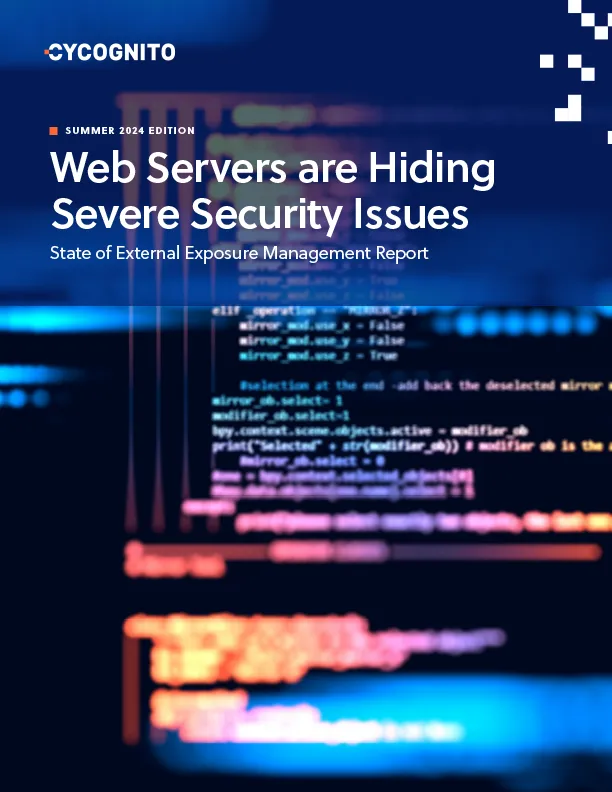Cybersecurity Glossary
True Negative
A true negative occurs in cybersecurity when a negative detection occurs in a situation where there is a negative condition. In other words when an intrusion detection system (IDS) successfully ignores acceptable behaviour, or a vulnerability assessment detects no vulnerability in non-vulnerable software, or in attack surface management the platform or process ignores assets that are unrelated to an attack surface.
A true negative indicates that the system is performing as expected by looking for and finding no problems where none are present.
See Also
Warning: simplexml_load_file(): /var/www/html/shared/webinars/webinars.xml:309: element webinar: validity error : ID from-discovery-to-remediation-the-2025-landscape-for-attack-surface-management already defined in /var/www/html/shared/webinars/listing-path.php on line 3
Warning: simplexml_load_file(): "from-discovery-to-remediation-the-2025-landscape-for-attack-surface-management" in /var/www/html/shared/webinars/listing-path.php on line 3
Warning: simplexml_load_file(): ^ in /var/www/html/shared/webinars/listing-path.php on line 3
Resources  Webinars
Webinars
Improve Attack Surface Visibility While Reducing False Positives
 Webinars
WebinarsJoin Meir Asiskovich, VP of Product at CyCognito, as he demonstrates how your Security team can build a more streamlined and focused attack surface visibility program that eliminates this noise, prioritizing risks based on their business impact, discoverability, and exploitability intelligence.
Use Cases
Attack Surface Management with Zero Seeds, Zero Configuration, and Zero Onboarding
CyCognito uniquely reveals unknown and unmanaged assets associated with your organization, including assets in cloud, partner, and subsidiary environments.
Platform > Features
Prioritization
Eliminate alert fatigue and focus on the top 1% most critical issues in your attack surface through intelligent, automated risk prioritization.
CyCognito Report
State of External Exposure Management, 2024 Edition
Critical vulnerabilities often hide in plain sight—especially in your web servers.
The report is a must-read for understanding today’s external risks and how to prioritize them effectively. Download the report to stay ahead of emerging threats and strengthen your security posture for 2025.
